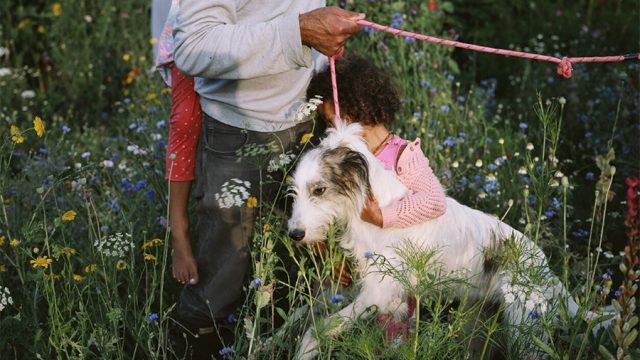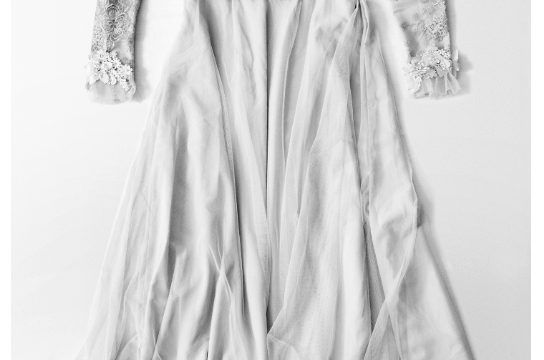This spring, Opening the Cabinet of Curiosities (OCC) VARI Artist-in-Residence Victoria Adukwei Bulley has been looking into histories of absentee slave-ownership contained within the V&A’s collection. Supported by the research of Dr Hannah Young, Victoria has been responding cumulatively through a blend of poetry, portraiture and film, in a series titled Unfortunate Inheritances. This blog offers an insight into her process and experiences.
March 16th, 2018:
The V&A is a vast, expansive building. Even having been here for a few weeks now, I still find myself lost, wondering if I have yet visited every room. Like the building itself, the history I am looking into is equally large. It is heavy; often devastating. Nonetheless, it is an inheritance – for Britain as a whole – one that is unavoidable and must be faced directly. As an artist, this work is both sobering and exciting. My role is to work through on-going research, supported by Dr Hannah Young of UCL, and see what I can create as a result.
One thing bears stating. While the residency revolves around items within the V&A’s collection, my intention is not to tell the story of these items. A generous amount of information about them can be found by using the V&A’s ‘Search the Collections’ website. I do not aim, therefore, to create updated retellings of these. Nor do I aim to centre the stories of their owners other than the fact that, along with their extensive finery and status, they also owned enslaved Africans – often hundreds of them. This much is enough. It’s easy to find intricate details of an 18th century brooch or heirloom – who made it, who owned it, and who later sold or bequeathed it to the museum. It is not possible to do the same for the enslaved whose lives afforded these items.
All we have are names and, even then, mostly English names labelled onto the enslaved by their buyers. While these are historical entries, these are also the surnames Caribbean friends and loved ones. As a British-born Ghanaian, myself, I also sometimes stumble upon other familiar names – such as Cudjoe, Yaw or Kwamin. These, too, are names I know. In cases where an enslaved individual has an African name, they are often listed as ‘creole’, not necessarily signifying mixed heritage, but rather that they were born on the plantation. More meaningfully, however, this tells us that their African mothers chose African names for their children – regardless of how these children were conceived. Rape by overseers was a normality, even a means of increasing ‘property’. In spite of this, many mothers gave their children what they could of their own cultures.
This is the lens through which I approach the task of responding artistically. I want to tell a human story, not an itinerary one. Using the names that I have access to, I want to create from the perspectives of the unheard, re-imagining my way through the archives’ blank spaces. I’ll do this through a mixture of poetry, film and photography in an attempt to make this history visible and present within the space of the V&A. This blog will offer a space for on-going thoughts and questions as I do so, and I look forward to sharing more of what I find…



My role is to work through on-going research, supported by Dr Hannah Young of UCL, and see what I can create as a result.!!
Useful information. Lucky me I discovered your website accidentally, and I am stunned why this twist of fate did not happened in advance! I bookmarked it.